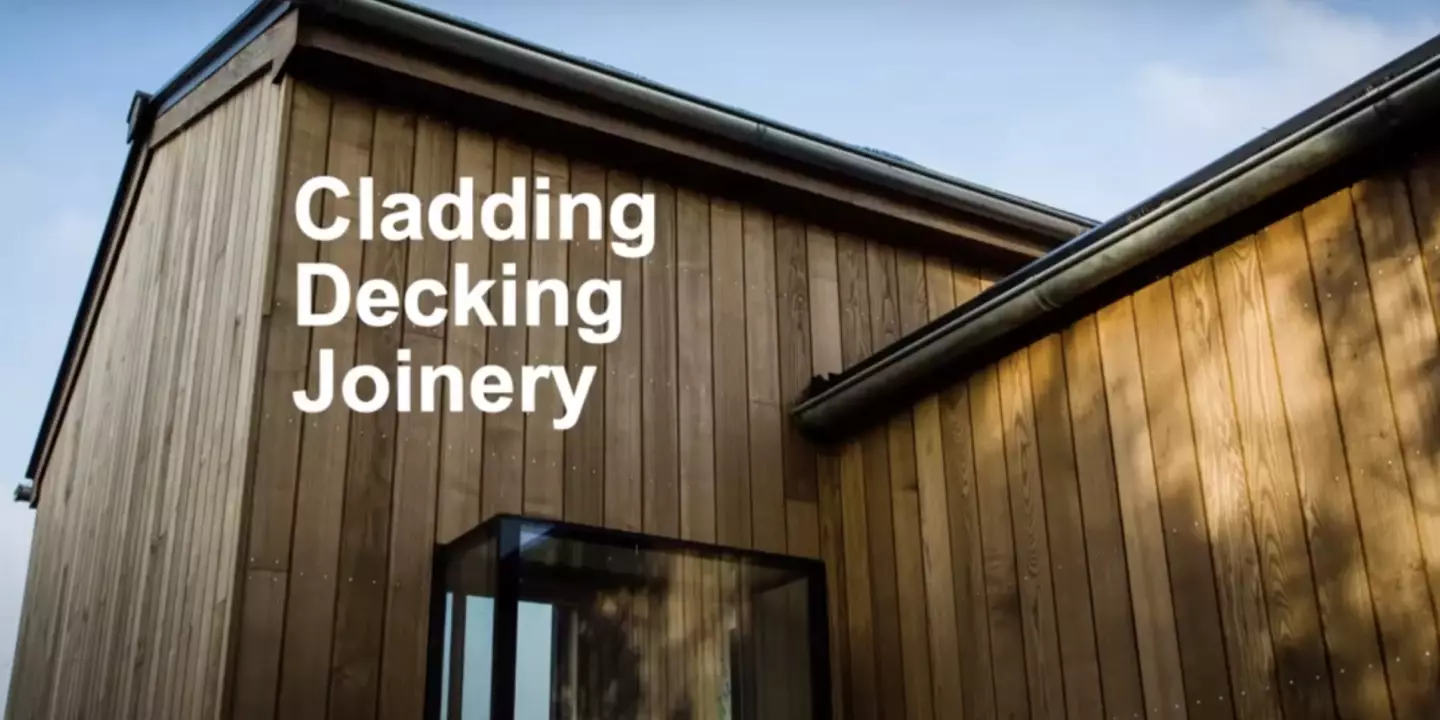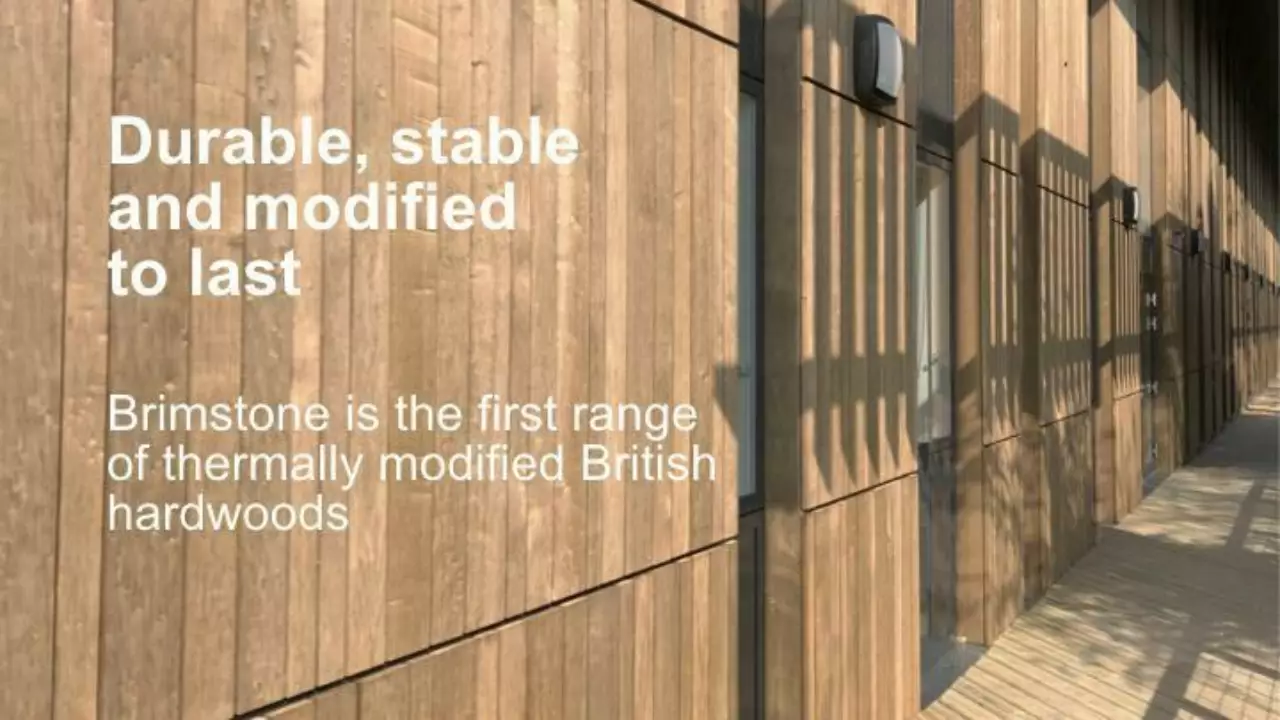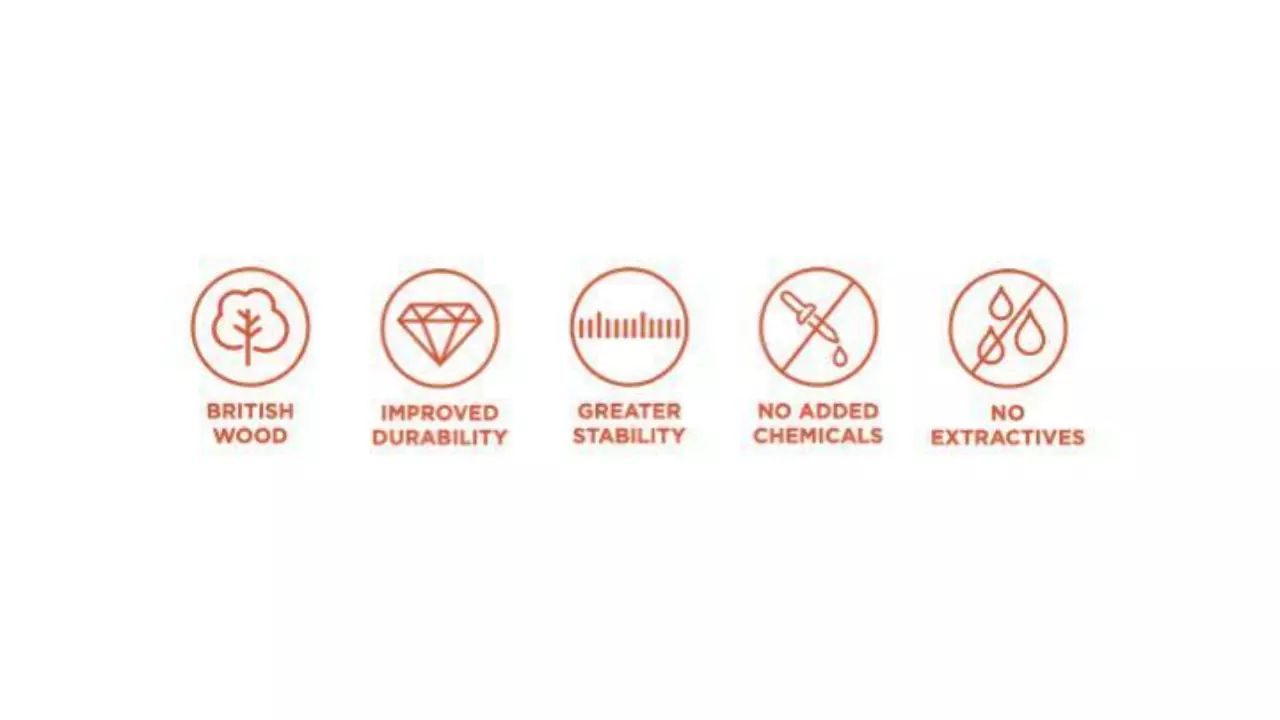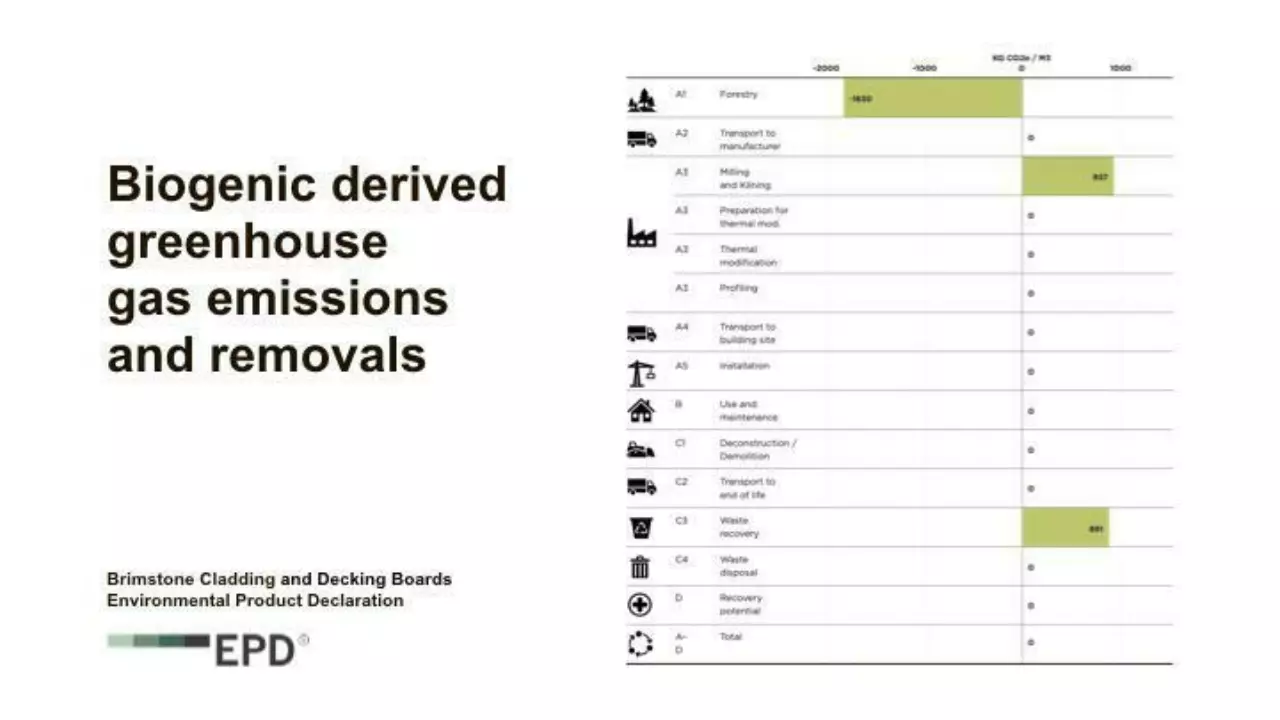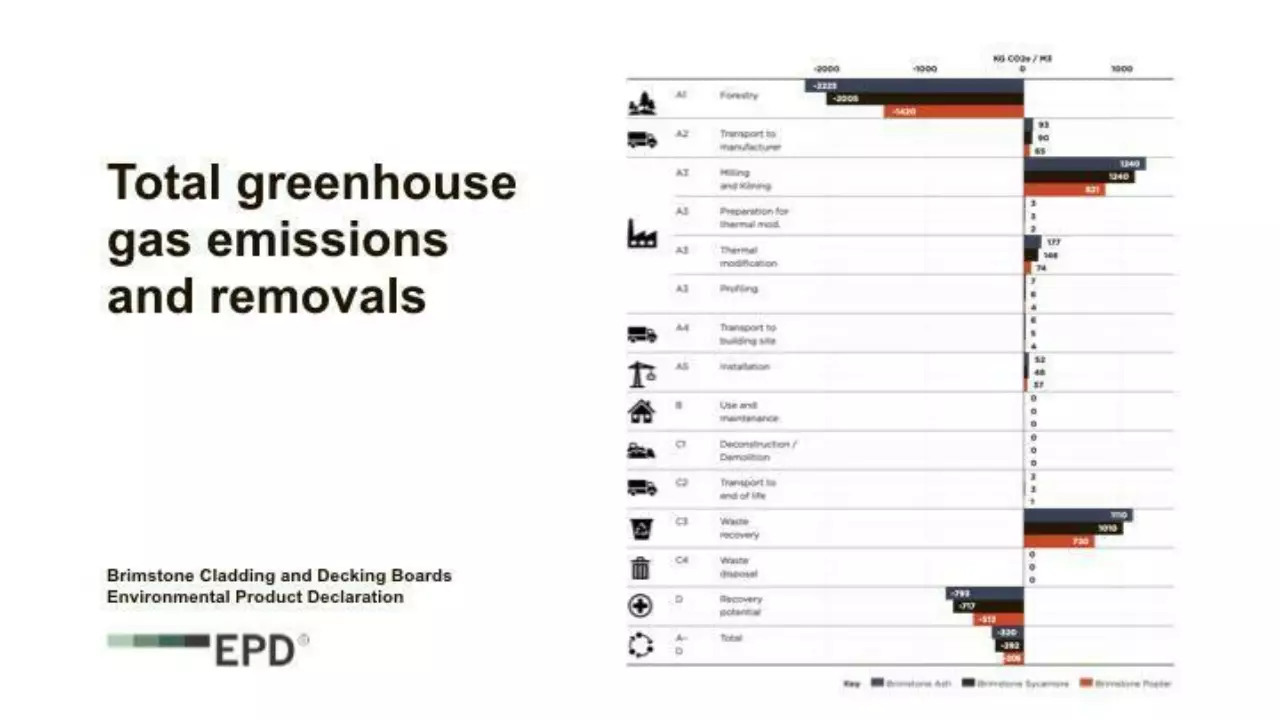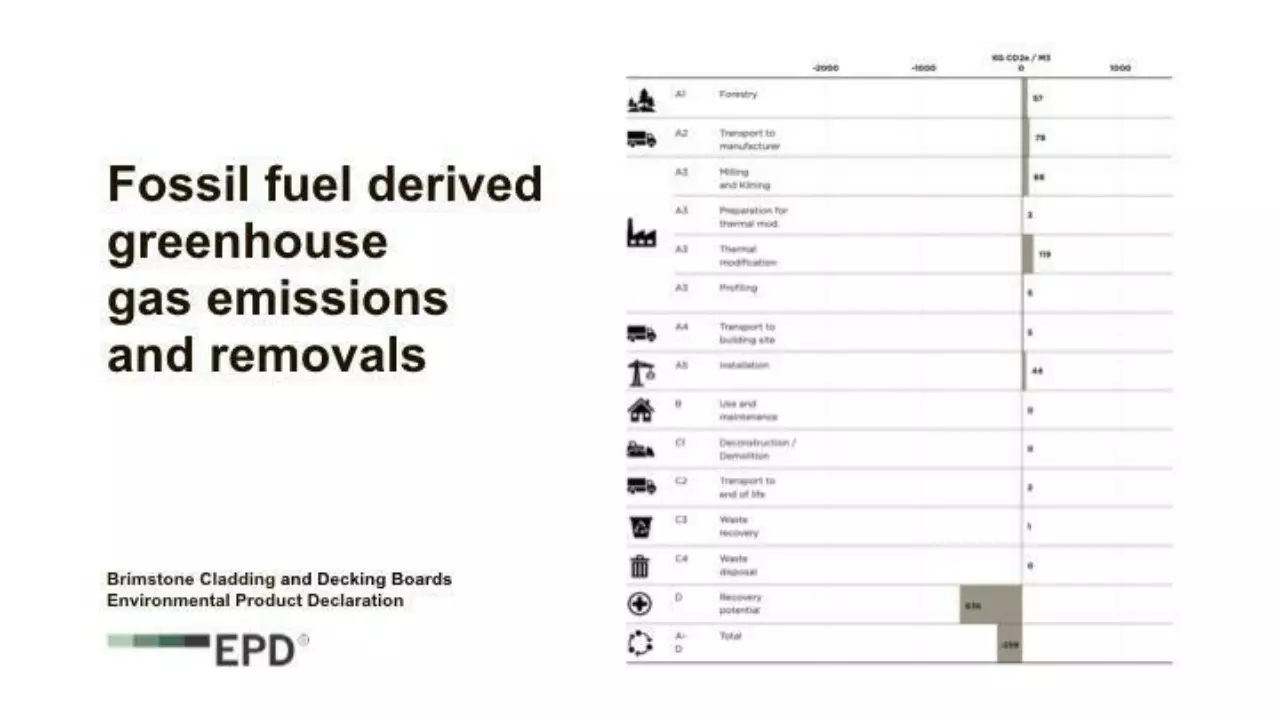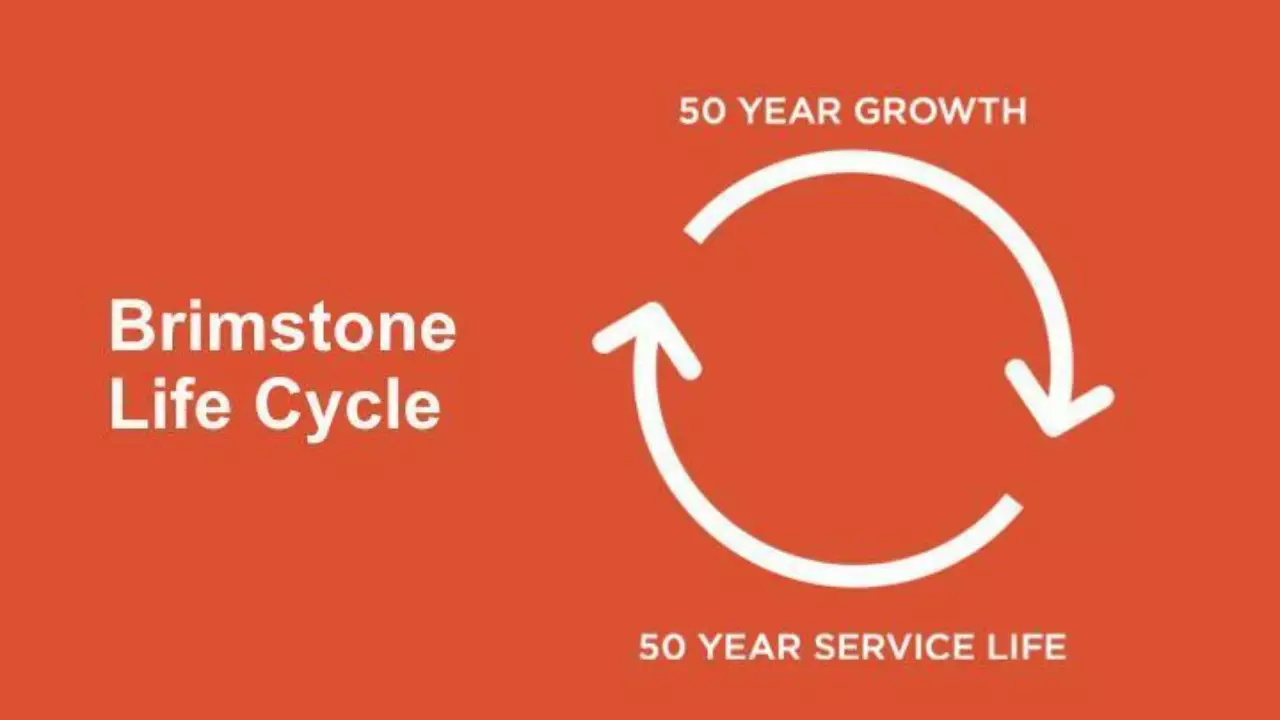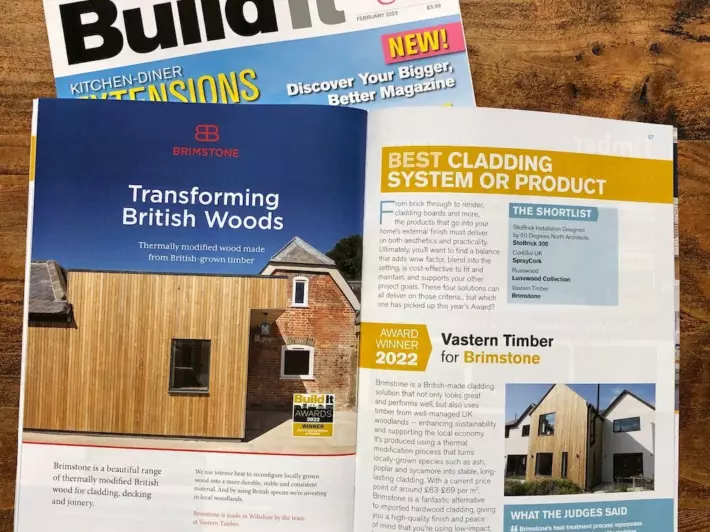The availability of wood in this country is likely to fall in future. The predictions are that the surface area of buildings is going to double by 2050, and consumption of wood is predicted to Triple!
The trouble is, trees aren't going to speed up for us… particularly slow growing trees. There's species we have used in the past and that we still use now, that take hundreds of years to grow. Some tropical species like Canadian Cedar can be up to 400 years old. An oak tree that I could just about get my arms around would be 200 years old.
It doesn't matter how you define the word sustainable, if we want to use more wood we cannot sustain the use of wood that takes hundreds of years to grow. But often fast-growing woods don't have the properties we want, they tend to be soft, they tend to be less stable, they tend to be non-durable.
So what if we could take a tree that has taken decades to grow and we could make the wood from it behave like it has taken centuries to grow, without using any noxious chemicals. I think that would be pretty cool, and in fact, that’s what modified wood is all about.
At Brimstone we decided to go down the route of thermal modification because you can pretty much modify any wood. Some species work better with thermal modification than others, but with impregnation modification you can only really use a very limited number of species. The most popularly used for wood for impregnation modification is radiata pine from New Zealand. That means bringing the wood halfway around the world before we use it.
The great thing about thermal modification is that we can use locally grown wood.
